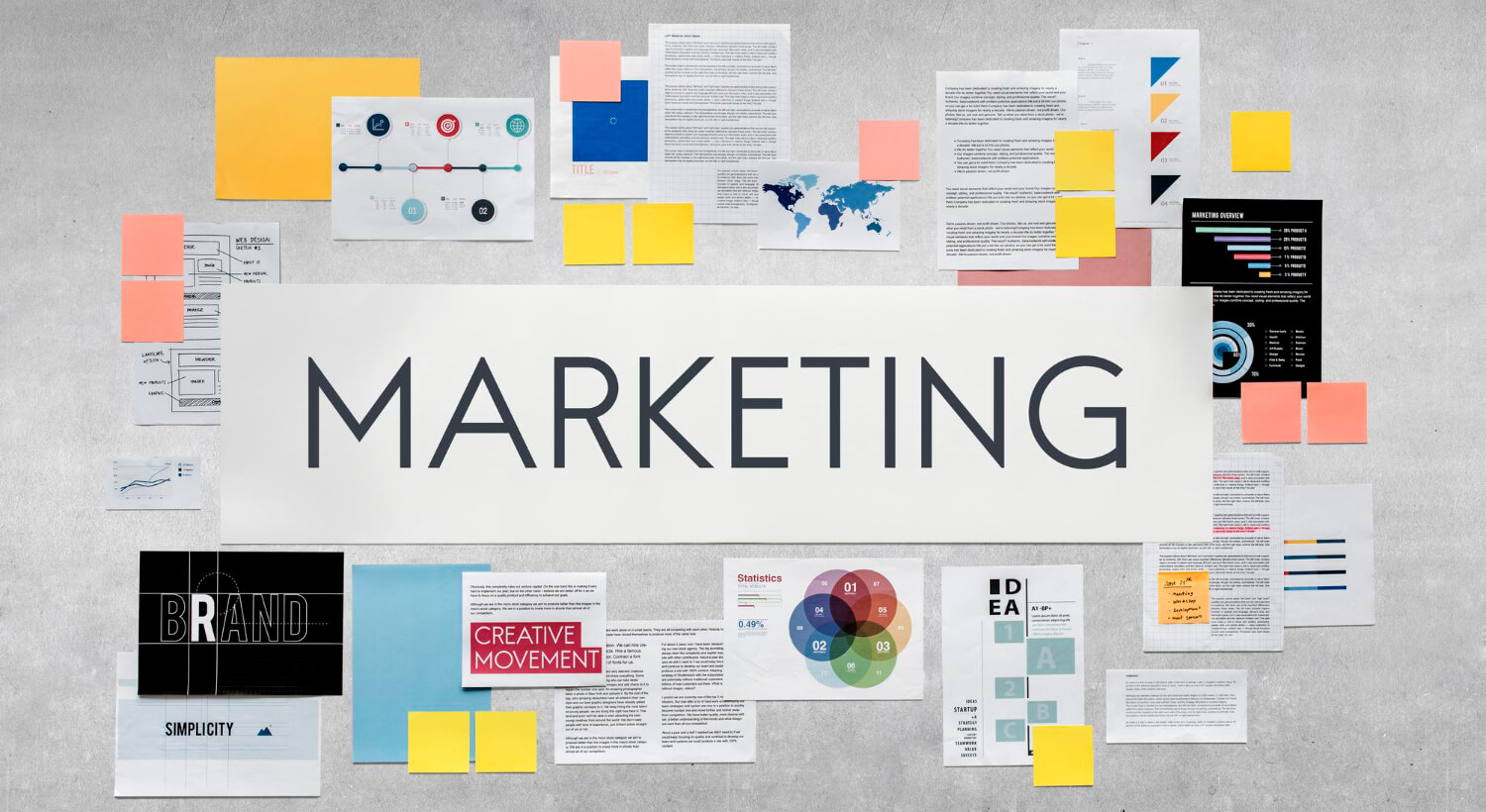One of the world’s foremost marketers is John Kremer. An Internet authority and award-winning author he understands, and consistently implements, cutting-edge strategies.
Sales & Marketing/
General Marketing
Lincoln Center for the Performing Arts Inc. launched Lincoln Center’s first mobile marketing platform as part of the promotional campaign for the outdoor dance series Midsummer Night Swing.
Do the founding principles of Marketing Thought Leaders in history still apply to the new paradigm of social media marketing? Here we take a closer look at Leo Burnett and his now worldwide agency.
The quick answer to our question – YES!
Do the philosophies and core concepts of historic Thought Leaders in the Marketing and Advertising industries transfer to Web 2.0 and social media? In the case of Raymond Rubicam...
Is Direct Response Marketing still a powerful concept in the digital age? Marketing in the digital world is a race for the most current information, the best technology, and the fastest implementation. David Ogilvy remains one of the most famous names in advertising and one of the handful of thinkers (Raymond Rubicam, Leo Burnett, William Bernbach, Ted Bates) who shaped the business after the 1920s.
Coaching Blog: What are You Tolerating? http://bit.ly/aPXSWk # Training Blog: Tools for your Training/HPT toolbox http://bit.ly/aFWR3o # Business Planning Blog: What Makes a Business Plan a Business Plan? http://bit.ly/9RQcPh # Customer Service: Mapping your Customer Experience Strategy http://bit.ly/9SXUoh # Boards Blog: Is a “Working Board” an Immature Board? http://bit.ly/8YOdMf # Consulting Blog: What’s a “Mature” …
Thought Leaders in Marketing and Advertising: What are the cornerstone philosophies of the industry’s top executives? At the top of the list is David Ogilvy, the most famous copywriter in the world.



